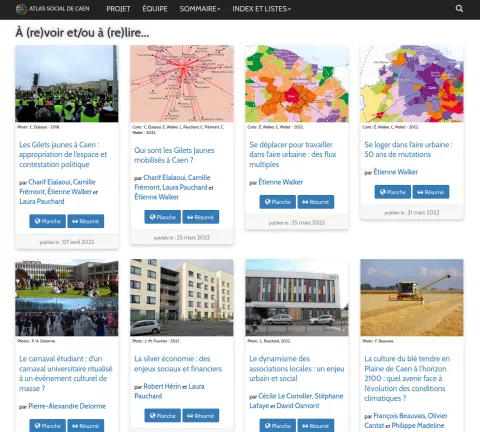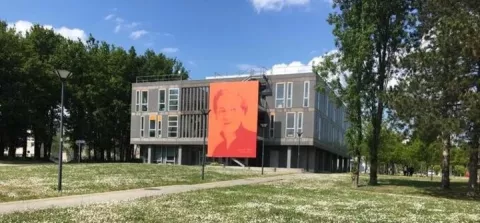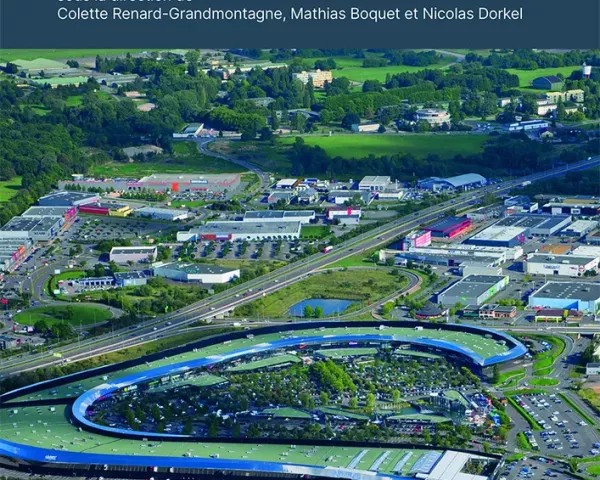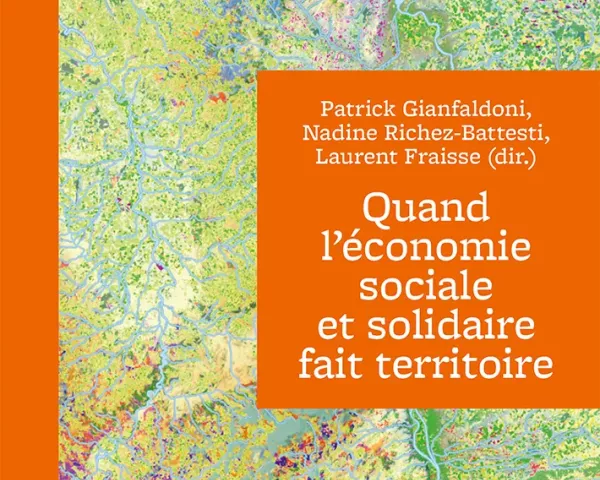Enquêter les migrations internationales dans des espaces de faible densité. Retours réflexifs sur l’articulation d’approches statistiques et d’approches de terrain plurielles
Camille Hochedez, David Lessault, Pierre Pistre. Enquêter les migrations internationales dans des espaces de faible densité. Retours réflexifs sur l’articulation d’approches statistiques et d’approches de terrain plurielles. Annales de géographie, 2024, N° 755 (1), pp.25-51. ⟨10.3917/ag.755.0025⟩. ⟨halshs-04462359⟩
Ce texte propose un retour réflexif sur la méthodologie déployée dans le cadre du programme ANR CAMIGRI pour étudier les recompositions des espaces ruraux français au prisme des migrations internationales. Pour pallier l’invisibilité de certaines présences étrangères dans les bases de données ou sur le terrain, la méthode articule traitements statistiques aux échelles nationale et intercommunale, et études de cas par suivi de lieux emblématiques de situations migratoires dans 3 terrains du grand quart sud-ouest. Elle permet de capter la diversité des formes de présences étrangères et leurs effets sur les territoires, en s’appuyant pour une bonne part sur des exemples agricoles. Elle repose aussi sur la mobilisation d’outils originaux (grille biographique, photographie, carnets) pour étudier et suivre les présences étrangères sur le temps long dans les espaces ruraux. Les méthodes mixtes s’apparentent ici à une posture de recherche qui repose non seulement sur l’articulation d’approches qualitatives et quantitatives, mais aussi de champs théoriques (études rurales/études migratoires) et de compétences des chercheurs.
This paper re-examines the methodology of the ANR CAMIGRI research programme to study the reshaping of rural areas through the prism of international migrations. To compensate for the invisibility of certain foreign presences in databases at different scales or in the field, the method combines statistical analysis at national and inter-municipal levels, and case studies, by monitoring places that are emblematic of migratory situations in three areas of southwestern France. It enables the grasp of the diversity and diversification of forms of foreign presence and of their effects on the places they occur, drawing for the most part on examples from the agricultural sector. It also relies on the use of original tools (biographical grids, photographs, notebooks) to study and monitor foreign presence in rural areas over the long term. This mixture of methods here are akin to a research posture that relies not only on the articulation of qualitative and quantitative analysis, but also of theoretical fields (rural and migration studies) and researchers’ skills.








